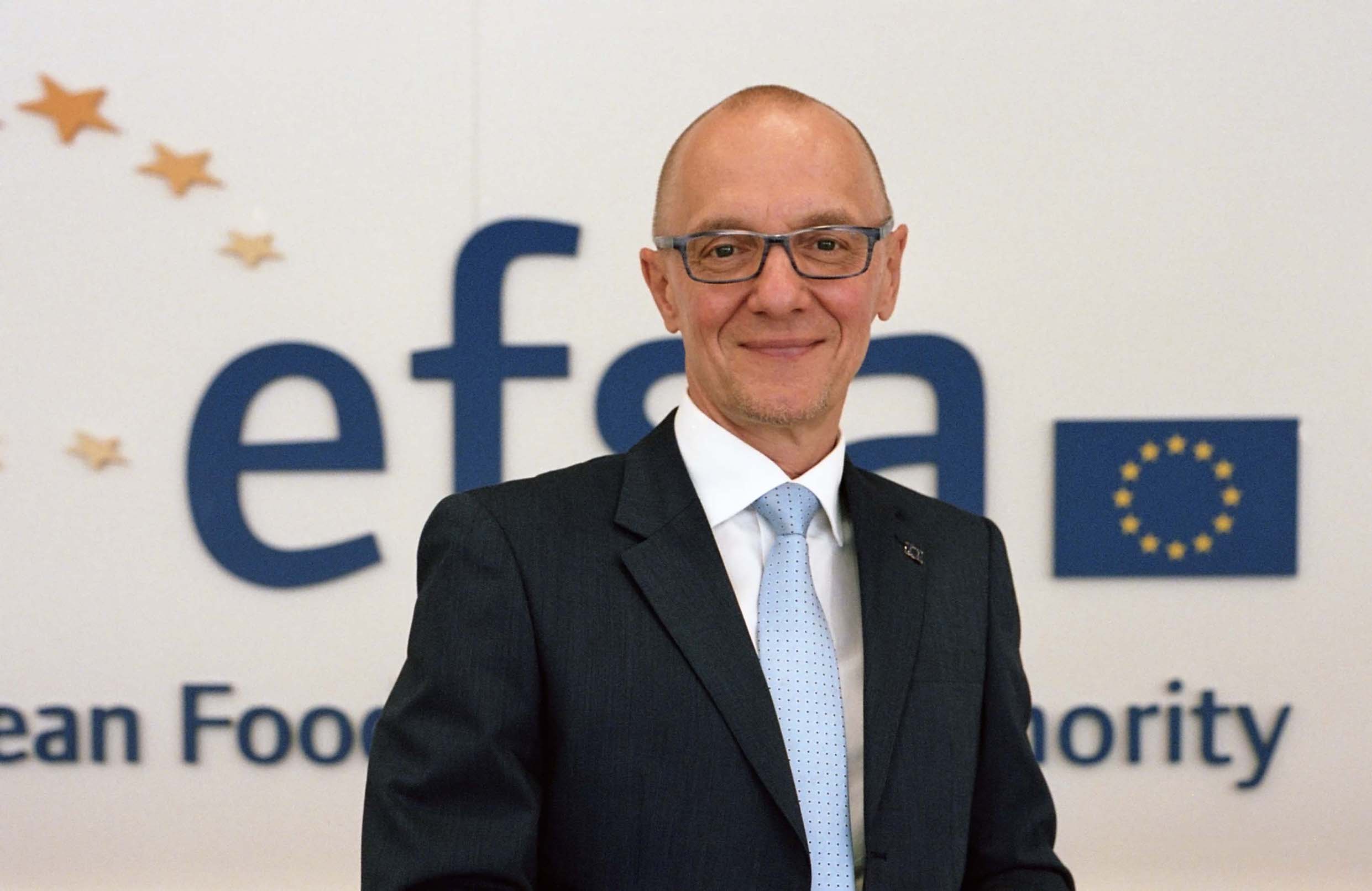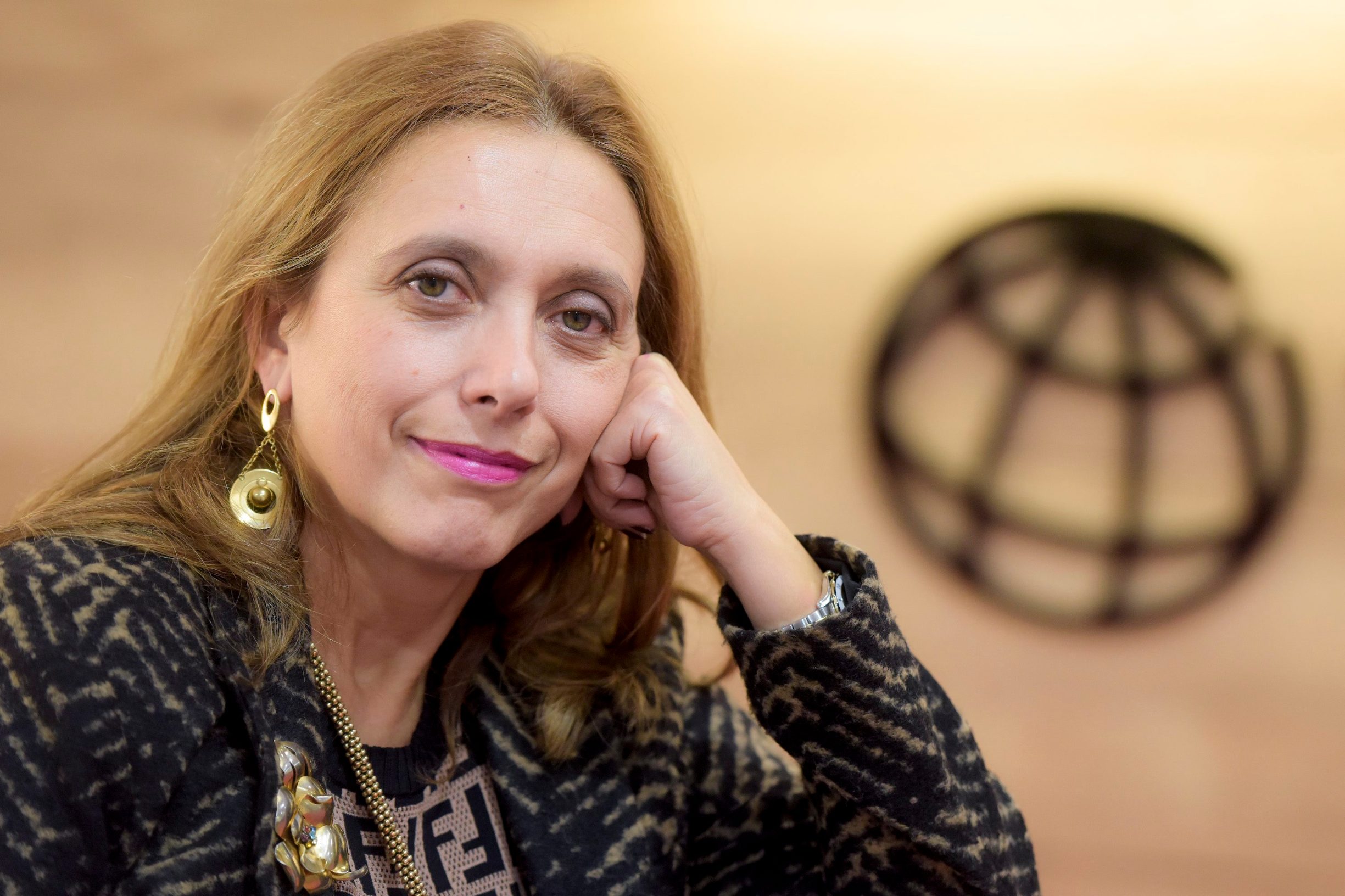
Initial analyses by World Bank experts have shown that Croatian agriculture is progressing on the path of structural transformation, but the country has a long way to go and more needs to be done to improve the productivity of the sector and stimulate economic growth and create jobs. The World Bank focused on the efficiency, effectiveness and equity of spending in agriculture and rural development to establish a clear basis for formulation of the new Government agricultural strategy. After the results from the diagnostic analysis were made public (in May 2019), a number of comments and inquiries were made regarding the World Bank experts’ estimates and conclusions.
Elisabetta Capannelli, the World Bank Country Manager for Croatia, says for Euractiv: "Croatian agriculture is lagging behind and needs a deep transformation. Croatia has a vast potential to transform its agri-food sector into a modern industry that drives economic growth, generates jobs and provides income to rural communities. This process of transformation requires important structural changes that can happen under the formulation of a clear strategy for the future of the sector."
Capannelli, a long-time manager at the World Bank, discusses a number of solutions, including ways to develop high added value to agricultural products to become competitive in the market. “What I really like about this new Strategy is that the Ministry is using an evidence-based approach and they want to really deeply transform the sector” - said Capannelli. Read the full interview below.
1. What can the World Bank offer through this new Strategy for agriculture?
Let me first clarify that the World Bank is not preparing a new strategy in agriculture but is working with the Ministry of Agriculture to support the preparation of the National Agriculture and Rural Development Strategy (NARDS) and in the preparation of their Multiannual Aquaculture Development Plan (MADP). What we are offering to the Ministry of Agriculture is analytical support and capacity building for evidence-based strategic planning. We have brought a large team of global experts to analyze the data using established methodologies for both economic analysis and structured stakeholder consultations. All of this is the building block for the NARDS. The Ministry is also using such analysis for the development of the CAP National Strategic Plan for the new programming period 2021-2017, in compliance with EU regulations.
2. On the basis of which assessment are you making the strategy?
The NARDS is built on a number of methodological approaches, both quantitative and qualitative, including economic analysis of efficiency, effectiveness and equity of public spending in agriculture, subsidy intensity, use of survey, etc. All the analysis done is captured in 12 background papers that together with the results of stakeholder consultations have led to the sector diagnostic. The methodology used has been tested in other countries in the world. The Ministry and the Bank have jointly discussed the methodologies and the results with the EU Commission.
In fact, the EU Commission has praised the Ministry of Agriculture of Croatia for having undertaken such a rigorous evidence-based approach for the formulation of the strategic needs of the country and are discussing the use of similar methodology used by Croatia with other countries.

3. So there were some countries before Croatia who did the same process with the World Bank?
The World Bank has supported many countries worldwide to prepare strategies in the agriculture sector, including for example Romania among the EU member states. But never to this extent. The partnership that we have with the Ministry of Agriculture is quite unique because the Ministry has not only asked us to prepare the background analytical documents, but to participate in the extensive stakeholder consultations. By using a very open participatory approach, the Ministry has reached out to the public and exposed their views and exposed data and information. This is quite unique and is an important step forward in the process of sector transformation.
4. Are there some investments that the World Bank already made in Croatian agriculture? Can you tell us some examples?
The International Finance Cooperation (IFC), the private sector arm of the World Bank Group, in the period from 2006 to 2013, supported the two largest food companies in Croatia with over EUR200 million in financing to increase efficiency of operations and farming and expand in the region, while the IBRD (the public sector arm of the World Bank Group) conducted the Farmers Support Services Project in the late 90's and, more recently, an Agricultural Acquis Cohesion Project to support the country in the compliance with the EU acquis conditions in the rural sector, which was concluded in 2012.
Now we are supporting Croatia mostly through technical assistance (TA). Beyond the technical assistance we are discussing now for the NARDS, we had recently other important TAs in agriculture. One is the work under the National Development Strategy (NDS), which includes a chapter on agriculture closely related to the NARDS. Another one is the TA for “Growth and Jobs in Eastern Croatia” covering Slavonia, Baranja and Srijem, which also included boosting rural development and creation of jobs in agriculture in this lagging area of Croatia. In addition, for the last two years, we have also been working with the Ministry of Economy on the Clusters Competitiveness and Global Value Chain (GVC) Assessment Project providing assistance in the development of new products and services. So, our interventions in Croatia, and in agriculture specifically, are through technical assistance. The government of Croatia is not planning to borrow for new projects in agriculture as it has access to a large amount of grant resources from the EU.
5. Currently there are many comments that this sector has been undermined for years. It is said we have the best sources for sustainable farming, good climate, clean air and so on. What do you think that are crucial reforms or top priorities that need to be assessed in agricultural sector?
The important thing to mention is that the Country needs a very deep transformation of the way things operate. Croatia has many advantages due to its geographical location, whereby Croatia is close to many EU markets, availability of land and water. But at the same time the model that has been utilized until recently in the rural development and agriculture sector is old fashioned, based on the production of primary products. There is a need for a profound transformation, including improving productivity, competitiveness and linkages to agri-food markets. You need to be investing in knowledge, technology, in logistics, among other.
Links to markets are really missing for many producers. It is very important for the new strategy to focus on diversifying production and identifying consumers’ needs. Clearly that will shift tremendously what farmers produce now, how they produce it and whom they produce it for.
The key is that the sector should move towards the production of high value-added products that people want to buy in and beyond Croatia, diversifying away from the current focus on primary products and commodities. It is this fundamental switch which is important.
6. Many small farmers complain about their market position and about high import rate comparing to the export. At the same time, it is said that we can't produce enough of products in quantity and for them it is hard to put products on the market. How to improve this market position of farmers in Croatia?
Again, it is not a question of comparing import to export. The key is in the ability of Croatia to add value to its agricultural production. Productivity in the farming sector is low compared to other EU countries, and the linkages with markets are weak, which makes imports of goods that Croatia produces cheaper. While the export base of the country is narrow and based primarily on commodities.
What people really want now is to have products that are appealing, that have this added value to the basic production. For example, if you go to any city or European capital, say London, you want to eat something that is of good quality but easy to consume. People want to have ready-to-eat, easy-to-prepare, fresh, bio, clean food - food that is not just a sack of potatoes. They want to have them ready in their box because people don't have time, and they are ready to pay for that. Why Croatia is not entering that market? That is high segment of the food market.

But things are also changing in Croatia. Young people are looking for transformation of products. The products should be more appealing. This would be an example where you can gain more money. This is not possible to do now in Croatia because you don't have the advanced logistics, you don't have the whole food chain, you don't have connectivity (each farmer operates individually). Most people produce just primary products: wheat, corn and other basic products that are not transformed and not really what consumer wants today.
What you end up doing is that farmers export primary products at low price and then you reimport products that have been transformed somewhere else. This needs to change. The issue is not export quantities, but the value added and diversification of Croatian products.
Croatia is running behind in making that transformation. One of the reasons is that production is fragmented, and small independent producers are not cooperating together. The dominance of quasi-monopolists like Agrokor in the recent past, made it difficult for Croatian agriculture to move away from production of primary products. Again, with its new strategy the Ministry intends to open new possibilities for alternative approaches.
7. Compared to the other countries in the region can you point out as a good example Croatia can follow in achieving a better position of the agricultural products on the market?
Sometimes you don't have to come up with totally new solutions. There are plenty of examples from other countries and there is not just one country to learn from as the problem Croatia faces today are of a very different nature.
Italy, my own country, is a good example in several areas. Italians branded their product, but before branding the product they created good quality products. They created them by providing higher value added and quality. The other thing they did is that they aggregated in various forms of consortia. Here you have negative stance towards cooperatives, but there are ways to work together, while remaining independent like it happened in regions such as Tuscany or Emilia Romagna, where farmers and producers shared common services, logistics, knowledge, while making sure they maintained independent ownership.
Another change that happened in EU countries, and that it is also happening in Croatia now, is that EU funds that were mostly invested in Pillar 1 type of subsidies, have been shifted towards the Rural Development Program. Government has to have active policies to provide subsidies and funds for right type of services. But also, farmers need to organize themselves and realize that only together can really compete in international market.
8. How do you comment the fact that in agricultural community (in organizations such as Croatian Employers Association or Family Farm associations) said that World Bank made a wrong evaluation of Croatian agriculture?
The economic analysis carried out by the World Bank uses available data and established methodologies. We used data provided by the Ministry and the Paying Agency. The data itself was checked for internal consistency before any analysis was carried out. The Ministry of Agriculture is working on uploading on its webpage all background analysis and all work done under our project, for those who have further questions to be able to find the answers. Our analysis pointed to an impartial economic assessment of the situation in the sector, but clearly the strategy that will derive from it will disrupt the status quo in the sector. I don’t expect everyone to be happy with the recommendations and with the fact that to increase in productivity, move on higher value-added products, changes are needed and some resistance to change is understandable. This is part of the public debate.
9. Since you are for two years in Zagreb, did you see any improvements in agricultural sector?
The most important change is the fact that the Ministry is leading this strategy which is truly innovative. It is not an exercise to just 'tick a box' and provide a document that European Commission will be happy with. They have engaged in a type of consultation that I have not seen before.
The second element I see is a lot more of dynamism, for example among young farmers. There are also people coming back to rural areas are combining their skills, like IT knowledge to promote digital agriculture. They bring innovation to the sector.
10. Since you mentioned young people and negative demographic trends, what are the main reforms that should be undertaken to boost rural economy and make young people stay in rural areas?
First of all, we need to invest more in them. You have to target the products they want to develop and link them to the market. You also have to invest in rural livelihood. This implies investment in education, health sector or in infrastructure that would allow them to be connected and not feel isolated. You need to work in providing opportunities. Croatia is not unique with the challenge of people wanting to leave rural areas. Look at the example of Denmark where there were enormous pressure and people wanted to leave the islands and move to the Capital. The country invested in providing opportunities, services, innovation and facilities that young farmers needed to link them to the markets and to help them prosper in rural areas.
11. Do you think EU funds are enough to boost the agriculture, knowing also the budget for agriculture will be lower in the next financial period. Is a bigger support of state needed, and what are the other instruments to lean on?
We still don't know exactly the design of the period or the amount of funds for Croatia, neither from EU or national funds. What is important is what this money will be used for, that you use it in most efficient way and proper targeting.
In terms of new instruments, it is important we provide innovative financial instruments for SMEs and target also women in rural areas, including not only young women but also older women. To have schemes available through the National Development Bank, through World Bank, EU funds... Even if the EU funds or grant components are going to be reduced, there are plenty of examples of financial instruments which can be designed and accessible for farmers and rural producers. What you use the money for and who is supported through such funds is critical.
12. What is going to be the next step of World Bank, does the World Bank have some other project after the Strategy?
We have delivered maybe 60 percent of our work so far under this technical assistance. The next step will be the preparation of detailed action plans. Then we will also be doing the pilot phase. We have about nine months to develop pilot projects. We are going to try to use these pilots to accelerate the preparedness for the new programming period of the EU.
Once when EU funds come in, we already have pilots that can be scaled up. From our side, the World Bank also plans to develop an important operation with HBOR focusing on SMEs in all lagging regions in Croatia. Some of that funds we expect to go to rural development and agriculture. We also have developed pilot projects specifically for Slavonia program which we hope will be financed by the Ministry of Regional Development and EU Funds, so the next phase of EU programming period will go faster.
Again, it is not very much what World Bank will do. If there is a need for the country, if they need more money into schemes for agriculture or in infrastructure, we are available to them. Most of all we want to make sure the new strategy and new programs are properly designed, and that EU, national and all other type of funds be used in the most efficient way.

This project has been funded with support from the European Commission. This publication [communication] reflects the views only of the author, and the Commission cannot be held responsible for any use which may be made of the information contained therein.





Za sudjelovanje u komentarima je potrebna prijava, odnosno registracija ako još nemaš korisnički profil....